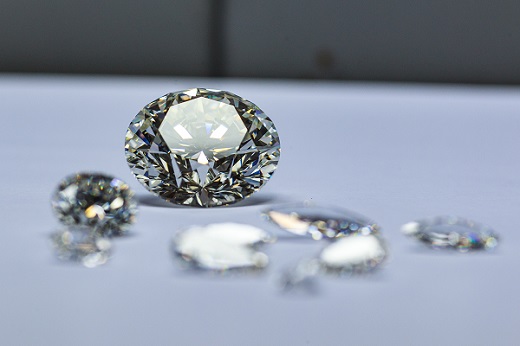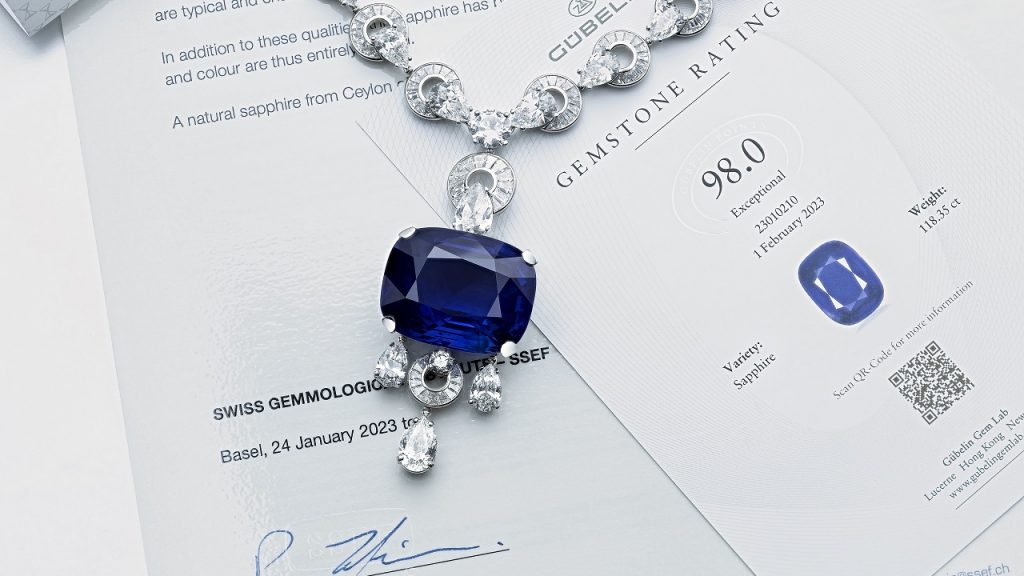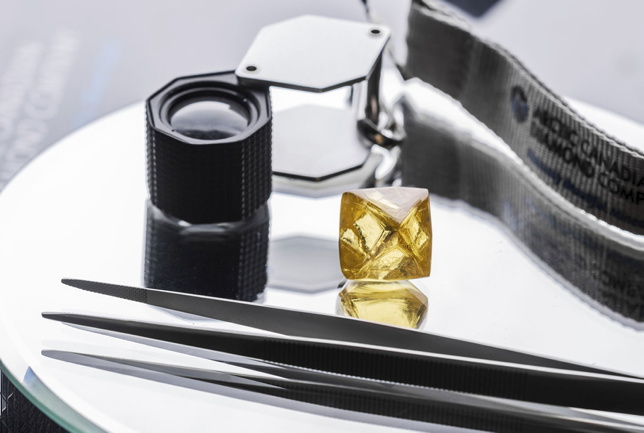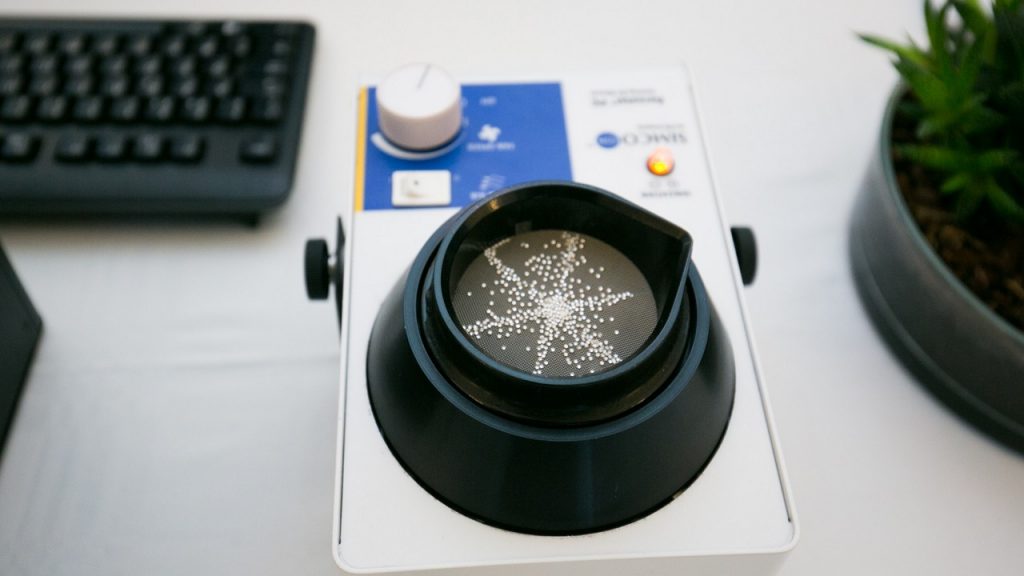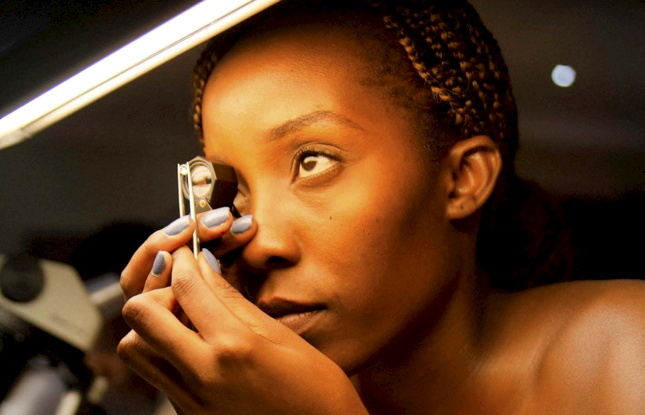
HB Antwerp has announced a partnership with Botswana to foster a new generation of diamond talent.
It has signed a a five-year memorandum of understanding with the Botswana International University of Science and Technology (BIUST).
They will jointly organize traineeships for Botswanan youth, offer scholarships for promising local talent, drive innovative projects backed by digital supply chains, and create job opportunities in the diamond sector.
The move comes as Botswana threatens to walk away from its long-standing sales agreement with De Beers, which is due for renewal at the end of June.
There has been media speculation that the Okavango Diamond Company (ODC), wholly owned by the Botswana government, was planning to sell its specials (+10.8-carats) to Belgian manufacturer HB Antwerp and to Canada-based Lucara and instead of De Beers.
HB Antwerp says it promotes respect for local communities, fair labor and pay, and investment in skills training and job placement opportunities for local workers.
Rafael Papismedov, its managing partner and strategy director, said: “Young people in Africa have incredible potential, but often do not have access to meaningful opportunities.
“We believe in the power of diamonds to catalyze positive change and look forward to leveraging this partnership to deliver on that potential for the Botswanan people.”
Source: DCLA


